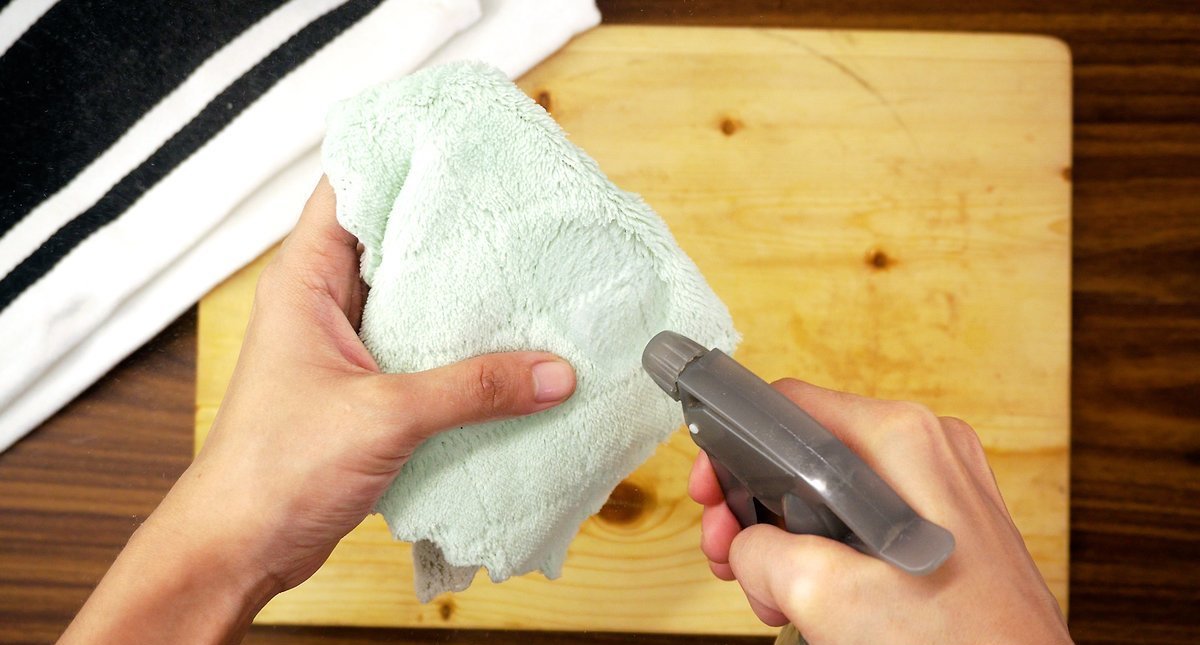

Articles
What To Use To Clean Mirrors Without Windex
Modified: October 19, 2024
Looking for alternatives to Windex for cleaning mirrors? Check out our informative articles on the best products to use for streak-free, sparkling mirrors without Windex.
(Many of the links in this article redirect to a specific reviewed product. Your purchase of these products through affiliate links helps to generate commission for Storables.com, at no extra cost. Learn more)
Introduction
When it comes to cleaning mirrors, many people automatically reach for a bottle of Windex. However, did you know that there are alternative cleaning solutions that can be just as effective, if not more so? In fact, using natural alternatives to clean your mirrors not only helps protect the environment, but it can also save you money in the long run.
In this article, we will explore the reasons why you should avoid using Windex on mirrors and provide you with a range of natural cleaning solutions that will leave your mirrors sparkling clean. So, put down that chemical-laden cleaner and let’s dive into the world of eco-friendly mirror cleaning!
Key Takeaways:
- Natural alternatives like vinegar, lemon juice, and rubbing alcohol are effective and eco-friendly options for streak-free mirror cleaning, avoiding the drawbacks of chemical-laden cleaners like Windex.
- Utilizing techniques like the newspaper method and microfiber cloth method, along with following helpful tips, ensures crystal-clear and pristine mirrors without the use of harsh chemicals.
Read more: How To Clean Glass Without Windex
Why Avoid Using Windex on Mirrors
While Windex may be a popular choice for cleaning mirrors, it can actually cause more harm than good. Here are a few reasons why you should consider avoiding the use of Windex on your mirrors:
- Chemical Residue: Windex contains chemicals such as ammonia and isopropyl alcohol, which can leave behind a sticky residue on your mirrors. This residue not only attracts dust and dirt, but it can also create streaks and smudges, making your mirrors look dull and dirty.
- Strong Odor: Windex has a strong chemical odor that can be unpleasant to inhale. If you have sensitive airways or allergies, using Windex to clean mirrors in enclosed spaces can cause irritation and discomfort.
- Potential for Damage: Some mirrors, particularly older or antique ones, have delicate surfaces that can be easily damaged by harsh chemicals. Windex may strip away the protective coating on the mirror, causing it to deteriorate over time.
- Environmental Impact: Windex and other commercial cleaning products often contain chemicals that are harmful to the environment. They can contaminate water sources and harm aquatic life when disposed of improperly.
Given these reasons, it is wise to consider using natural alternatives that are not only safer for your mirrors but also better for your health and the environment. Let’s explore some of these alternatives in the next section.
Natural Alternatives for Cleaning Mirrors
Fortunately, there are several natural alternatives that can effectively clean your mirrors without the use of harsh chemicals. Not only are these alternatives safe for your mirrors, but they are also better for your health and the environment. Here are some of the best natural alternatives for cleaning mirrors:
- Vinegar Solution: Vinegar is a versatile and powerful natural cleaner. Mix equal parts vinegar and water in a spray bottle and use it to clean your mirrors. The acidity of vinegar helps dissolve dirt and grime, leaving your mirrors sparkling clean.
- Lemon Juice Solution: Lemon juice is another excellent natural cleaner for mirrors. Mix one part lemon juice with two parts water and spray it onto your mirrors. The natural citric acid in lemon juice cuts through grease and leaves a fresh scent.
- Rubbing Alcohol Solution: For stubborn stains or smudges on your mirrors, rubbing alcohol can be very effective. Mix equal parts rubbing alcohol and water in a spray bottle, and use it to clean your mirrors. The alcohol helps dissolve tough stains and leaves your mirrors streak-free.
- Ammonia Solution: If you prefer a stronger cleaning solution, you can create an ammonia-based cleaner by mixing one tablespoon of ammonia with one cup of water. Be cautious when using ammonia, as it can have a strong smell, and ensure proper ventilation.
- Dish Soap Solution: A simple solution of dish soap and water can also be used to clean mirrors. Mix a few drops of dish soap with warm water in a spray bottle and use it to clean your mirrors. This solution helps cut through grease and leaves your mirrors shiny and streak-free.
These natural alternatives are not only effective in cleaning mirrors, but they are also safe to use and environmentally friendly. Now that you know some of the alternative cleaning solutions, let’s explore a couple of methods to use these solutions effectively.
Vinegar Solution
Vinegar is a versatile and effective natural cleaner that can be used to clean mirrors. Its acidity helps break down dirt and grime, leaving your mirrors sparkling clean. Here’s how you can create and use a vinegar solution to clean your mirrors:
- Mixing the Solution: In a spray bottle, combine equal parts vinegar and water. You can use white vinegar or apple cider vinegar for this solution. Shake the bottle well to ensure the vinegar and water are thoroughly mixed.
- Applying the Solution: Spray the vinegar solution onto your mirrors. Be sure to cover the entire surface evenly.
- Wiping the Mirrors: Take a lint-free cloth or a microfiber cloth and use it to wipe the vinegar solution off the mirrors. Start from the top and work your way down in a vertical or horizontal motion. This helps prevent streaks and ensures an even clean.
- Drying the Mirrors: After wiping off the vinegar solution, use a dry cloth or a separate microfiber cloth to dry the mirrors. This step helps remove any remaining moisture and minimizes the chances of streaks.
It’s important to note that vinegar has a strong smell that may linger for a short while after cleaning. However, the smell will dissipate quickly as the vinegar evaporates. If the smell bothers you, you can add a few drops of essential oil, such as lavender or lemon, to the vinegar solution to mask the aroma.
Vinegar is a natural disinfectant, making it ideal for cleaning mirrors in bathrooms where bacteria and germs may be present. It’s also an affordable and readily available cleaning solution that can be found in most households. So, the next time you need to clean your mirrors, give the vinegar solution a try and enjoy streak-free and eco-friendly results!
Lemon Juice Solution
Lemon juice is a natural and refreshing alternative to clean mirrors. The citric acid present in lemon juice not only helps cut through grease and grime but also leaves a fresh and pleasant scent behind. Here’s how you can create and use a lemon juice solution to clean your mirrors:
- Mixing the Solution: In a spray bottle, combine one part lemon juice with two parts water. You can use freshly squeezed lemon juice or bottled lemon juice for this solution. Shake the bottle well to ensure the lemon juice and water are thoroughly mixed.
- Applying the Solution: Spray the lemon juice solution onto your mirrors. Make sure to cover the entire surface evenly.
- Wiping the Mirrors: Take a lint-free cloth or a microfiber cloth and use it to wipe the lemon juice solution off the mirrors. Start from the top and work your way down, using gentle circular motions. This helps remove dirt and leaves a streak-free shine.
- Drying the Mirrors: After wiping off the lemon juice solution, use a dry cloth or a separate microfiber cloth to dry the mirrors. This step helps eliminate any remaining moisture and ensures a crystal-clear finish.
Aside from its cleaning properties, using a lemon juice solution to clean mirrors offers additional benefits. Lemon juice has natural antibacterial properties, making it effective in disinfecting and sanitizing your mirrors. In addition, the fresh citrus scent of lemon juice can leave your bathroom smelling clean and invigorating.
If you find the lemon scent too strong, you can dilute the solution further or add a few drops of essential oil, such as mint or eucalyptus, to create your desired fragrance. Remember to test a small, inconspicuous area of your mirror before applying the lemon juice solution to ensure it doesn’t cause any damage or discoloration.
So, the next time you want to clean your mirrors naturally, reach for a lemon juice solution. Enjoy the freshness and effectiveness of this eco-friendly alternative, and revel in the sparkling results it brings!
Read more: How To Clean Mirrors Without Glass Cleaner
Rubbing Alcohol Solution
Rubbing alcohol is a powerful cleaning agent that can effectively remove stubborn stains and smudges from mirrors. Its high alcohol content allows it to evaporate quickly, leaving your mirrors streak-free and sparkling. Here’s how you can create and use a rubbing alcohol solution to clean your mirrors:
- Mixing the Solution: In a spray bottle, combine equal parts rubbing alcohol and water. Make sure to use isopropyl alcohol with a concentration of 70% or higher for optimal cleaning. Shake the bottle well to ensure the rubbing alcohol and water are thoroughly mixed.
- Applying the Solution: Spray the rubbing alcohol solution onto your mirrors. Be sure to cover the entire surface evenly.
- Wiping the Mirrors: Take a lint-free cloth or a microfiber cloth and use it to wipe the rubbing alcohol solution off the mirrors. Start from the top and work your way down, using gentle circular motions. This helps remove tough stains and smudges without leaving streaks.
- Drying the Mirrors: After wiping off the rubbing alcohol solution, use a dry cloth or a separate microfiber cloth to dry the mirrors thoroughly. This step ensures that no moisture is left behind, giving you crystal-clear and streak-free mirrors.
Rubbing alcohol is particularly effective at cutting through greasy fingerprints and removing stubborn residue from mirrors. Its fast-evaporating nature makes it convenient for those who prefer a quick and efficient cleaning process. However, be cautious when using rubbing alcohol on delicate or antique mirrors, as it may damage their protective coating.
It’s important to note that rubbing alcohol has a strong and distinct odor. Ensure proper ventilation in the area you’re cleaning or wear a mask if you’re sensitive to strong scents. You can also add a few drops of your favorite essential oil, such as lavender or orange, to the solution to help mask the alcohol smell.
By using a rubbing alcohol solution, you can achieve streak-free mirrors that are free from grime and smudges. Enjoy the effective cleaning power of rubbing alcohol while maintaining the eco-friendly and natural approach to mirror cleaning!
Use a mixture of equal parts white vinegar and water in a spray bottle to clean mirrors without Windex. Spray the solution onto the mirror and wipe with a microfiber cloth for a streak-free shine.
Ammonia Solution
If you’re looking for a stronger cleaning solution for your mirrors, an ammonia-based cleaner can be highly effective. Ammonia helps cut through tough stains and grime, leaving your mirrors spotless and clear. However, it’s important to handle ammonia with care and ensure proper ventilation when using it. Here’s how you can create and use an ammonia solution to clean your mirrors:
- Mixing the Solution: In a spray bottle, mix one tablespoon of household ammonia with one cup of water. Ensure the bottle is tightly closed and gently shake it to ensure the ammonia and water are well combined.
- Applying the Solution: Spray the ammonia solution onto your mirrors. Be sure to cover the entire surface evenly.
- Wiping the Mirrors: Take a lint-free cloth or a microfiber cloth and use it to wipe the ammonia solution off the mirrors. Start from the top and work your way down, using gentle circular motions. This helps remove dirt, grime, and stubborn residue.
- Drying the Mirrors: After wiping off the ammonia solution, use a dry cloth or a separate microfiber cloth to dry the mirrors thoroughly. This step ensures that no streaks or spots are left behind, giving you crystal-clear mirrors.
Ammonia is a powerful cleaning agent, but it does have a distinct odor that can be strong and irritating. It’s important to use ammonia in a well-ventilated area or open windows to allow proper air circulation. Avoid inhaling the fumes directly and consider wearing gloves and a mask for added protection.
Please note that ammonia-based cleaners are not suitable for all types of mirrors. Antique or decorative mirrors or mirrors with a sensitive coating may be easily damaged by ammonia. It’s always a good idea to perform a patch test on a small area of the mirror before using the ammonia solution on the entire surface.
With proper precautions, an ammonia solution can be a highly effective option for deep cleaning mirrors. It cuts through tough stains and grime, leaving you with impeccably clean and clear mirrors. Take advantage of the power of ammonia and enjoy the sparkling results!
Dish Soap Solution
When it comes to cleaning mirrors, you don’t always need harsh chemicals or specialized cleaners. In fact, a simple dish soap solution can be highly effective in removing dirt, smudges, and fingerprints from your mirrors. Here’s how you can create and use a dish soap solution to clean your mirrors:
- Mixing the Solution: In a spray bottle, add a few drops of liquid dish soap to warm water. There’s no need to measure precisely, but a general guideline is about 1 teaspoon of dish soap per quart of water.
- Agitating the Solution: Gently mix the dish soap and water together, ensuring they are well combined. Be careful not to create too many suds, as excessive bubbles can leave streaks on your mirrors.
- Applying the Solution: Spray the dish soap solution onto your mirrors. Be sure to cover the entire surface evenly.
- Wiping the Mirrors: Take a lint-free cloth or a microfiber cloth and use it to wipe the dish soap solution off the mirrors. Start from the top and work your way down, using gentle circular motions. This helps remove dirt, grease, and smudges, leaving your mirrors clean and streak-free.
- Drying the Mirrors: After wiping off the dish soap solution, use a dry cloth or a separate microfiber cloth to dry the mirrors completely. This step helps eliminate any moisture and ensures a clear and shiny finish.
Dish soap is a gentle yet effective cleaner that cuts through grease and grime without causing any damage to your mirrors. It is also a readily available and affordable option that can be found in most households.
It’s important to note that when using a dish soap solution, less is more. Avoid adding too much dish soap, as excessive suds can leave residue or streaks on your mirrors. Additionally, it’s always a good idea to test the solution on a small, inconspicuous area of the mirror to ensure it doesn’t cause any damage or discoloration.
With the simplicity and effectiveness of a dish soap solution, you can achieve clean and clear mirrors without the need for harsh chemicals or specialized cleaners. Embrace the power of dish soap and enjoy the streak-free results!
Newspaper Method
The newspaper method is a popular and environmentally-friendly technique for achieving streak-free mirrors. Rather than using a traditional cloth or paper towel, using newspaper to clean your mirrors can provide a lint-free and polished finish. Here’s how you can use the newspaper method to clean your mirrors:
- Gather Supplies: Start by gathering a few sheets of newspaper. Avoid using glossy or colored pages, as they may leave ink residue on your mirrors. Instead, opt for plain black and white newsprint paper.
- Prepare the Mirrors: Before starting, remove any loose dust or dirt particles from the mirror by using a soft cloth or a duster. This step helps prevent scratches or streaks during the cleaning process.
- Cleaning Process: Take a sheet of newspaper and lightly crumple it into a ball. Spray a small amount of your preferred cleaning solution directly onto the mirror or onto the newspaper itself.
- Wipe the Mirrors: Using the newspaper, start wiping the mirrors in a gentle, circular motion. The newsprint’s texture acts as a mild abrasive, removing smudges and streaks without scratching the surface of the mirror.
- Continue with Fresh Sheets: As you clean, the newspaper may become saturated with cleaner or moisture. To avoid smearing dirt or grime, periodically replace the used sheet of newspaper with a fresh one for optimal cleaning results.
- Buffing and Drying: Once you’ve wiped the entire surface of the mirror, take a dry and clean sheet of newspaper and gently buff the mirror in circular motions. This helps remove any remaining streaks and leaves a polished finish.
The newspaper method is effective because the newsprint contains microscopic fibers that are excellent for capturing dirt and grime on the mirror’s surface. It also helps to absorb excess moisture, resulting in a streak-free shine.
Just keep in mind that the newspaper method may not be suitable for mirrors with delicate or sensitive coatings, as the slight abrasiveness of the newsprint can potentially cause damage. It’s always wise to perform a patch test in an inconspicuous area before using the newspaper method on the entire mirror.
By utilizing the newspaper method, you can achieve a cost-effective and eco-friendly way to clean your mirrors with remarkable results. So, next time you reach for cleaning supplies, grab a few sheets of newspaper and enjoy a streak-free shine!
Read more: How Do You Clean Mirrors Without Streaks
Microfiber Cloth Method
The microfiber cloth method is a highly effective way to clean mirrors without leaving streaks or lint behind. Microfiber cloths are specially designed to attract and trap dirt and dust, making them ideal for achieving a crystal-clear finish on mirrors. Here’s how you can use the microfiber cloth method to clean your mirrors:
- Gather Supplies: Start by gathering a clean microfiber cloth. Ensure that the cloth is specifically designed for cleaning purposes, as regular fabric or towels may leave lint or scratches on the mirrors.
- Prepare the Mirrors: Before beginning the cleaning process, remove any loose dirt or dust from the mirror surface using a soft cloth or a duster. This step helps prevent scratches or smears during cleaning.
- Dampen the Cloth: Lightly dampen the microfiber cloth with your preferred cleaning solution. It is essential to use minimal moisture to avoid leaving excessive wet streaks on the mirrors.
- Wipe the Mirrors: Start wiping the mirrors in a gentle, circular motion using the slightly dampened microfiber cloth. Begin from the top of the mirror and work your way down to ensure complete coverage.
- Flip and Fold: As you clean, periodically flip the microfiber cloth to a clean side or fold it to expose a fresh, unused portion. This helps prevent spreading dirt or streaks on the mirrors.
- Buffing and Drying: Once you’ve cleaned the entire mirror surface, take a dry and clean microfiber cloth and lightly buff the mirrors in circular motions. This helps remove any remaining moisture, ensuring a streak-free and polished finish.
Microfiber cloths are highly effective in capturing and trapping dirt, dust, and unwanted particles on the mirror surface. They are also soft and gentle, minimizing the risk of scratches or damage to delicate mirror coatings.
Remember to regularly wash and maintain your microfiber cloth to preserve its effectiveness. Follow the manufacturer’s instructions for proper care and avoid using fabric softeners or bleach, as they can diminish the cloth’s cleaning abilities.
By utilizing the microfiber cloth method, you can achieve a streak-free and spotless shine on your mirrors with ease. Enjoy the lint-free and crystal-clear results that microfiber cloths provide!
Tips for Streak-Free Mirror Cleaning
Cleaning mirrors can sometimes be a challenge, as streaks and smudges can appear even after your best efforts. However, with these helpful tips, you can achieve streak-free mirror cleaning and maintain a sparkling shine:
- Choose the Right Cleaning Solutions: Opt for natural alternatives or commercially available cleaners specifically designed for mirrors. Avoid using harsh chemicals or products that may leave residue or streaks behind.
- Use Lint-Free Materials: Whether you’re using a cloth, paper towel, or newspaper, make sure it is lint-free. Microfiber cloths and newsprint paper are excellent choices as they don’t leave lint on the mirror surface.
- Start with a Clean Surface: Remove dust and loose dirt from the mirror before cleaning. Use a soft cloth or a duster to gently wipe away any particles that could potentially cause streaks during the cleaning process.
- Avoid Excessive Moisture: Too much moisture on the mirror can create streaks. Use minimal amounts of cleaning solution or water to dampen your cleaning cloth. Remember, it’s easier to add a bit more moisture if needed than to remove excess water.
- Work in Sections: Split your mirror into smaller sections and clean one section at a time. This allows you to focus on each part individually, ensuring thorough cleaning without missing any spots or creating streaks.
- Wipe in the Right Direction: Wipe the mirror in a consistent direction, either horizontally or vertically, to make it easier to identify and remove streaks if they occur. Avoid using circular motions, as they can spread dirt and create streaks.
- Dry and Buff: After cleaning the mirror, use a dry cloth or a separate microfiber cloth to gently dry and buff the surface. This helps eliminate any remaining moisture or streaks and leaves a polished and clear finish.
- Maintain Clean Tools: Regularly clean and maintain your cleaning tools, such as cloths or microfiber cloths. Wash them according to the manufacturer’s instructions to prevent the buildup of dirt or residue that could transfer onto the mirrors.
- Check for Missed Spots: Once you’ve finished cleaning, inspect the mirror from different angles and lighting conditions to ensure there are no missed spots or streaks. If you spot any, go back and quickly touch up those areas.
- Practice Regular Cleaning: To prevent the buildup of dirt and grime, make it a habit to clean your mirrors regularly. This minimizes the effort required for cleaning and maintains a consistently streak-free appearance.
By following these tips, you can achieve streak-free mirror cleaning and enjoy clear and pristine mirrors in your home. Maintain a regular cleaning routine and choose the right tools and products to keep your mirrors shining brightly!
Conclusion
Keeping mirrors clean and streak-free doesn’t have to involve harsh chemicals or expensive cleaning products. By opting for natural alternatives and utilizing effective cleaning methods, you can achieve sparkling mirrors that are not only visually appealing but also safe for your health and the environment.
In this article, we discussed why it’s best to avoid using Windex on mirrors due to the potential for chemical residue, strong odors, and potential damage to delicate surfaces. Instead, we explored natural alternatives such as vinegar, lemon juice, rubbing alcohol, ammonia, and dish soap solutions. These alternatives offer powerful cleaning properties without the drawbacks of conventional cleaners.
We also delved into two popular methods for cleaning mirrors: the newspaper method and the microfiber cloth method. Both techniques provide excellent lint-free cleaning and ensure streak-free results. Additionally, we provided valuable tips such as choosing the right cleaning solutions, using lint-free materials, and working in sections to maximize the effectiveness of your mirror cleaning routine.
Remember, achieving streak-free mirror cleaning is not only about the specific cleaning solutions or methods you choose but also about the care and attention you give to the process. Regular maintenance and proper techniques will help keep your mirrors looking pristine and free of streaks for years to come.
So, the next time you reach for the Windex, consider the natural alternatives and cleaning methods discussed in this article. Not only will you save money and reduce your environmental impact, but you’ll also enjoy the satisfaction of having streak-free, sparkling mirrors that enhance the beauty of your home.
As you embark on your mirror cleaning journey, let these tips and techniques be your guide, and may your mirrors always reflect a clear and beautiful view.
Frequently Asked Questions about What To Use To Clean Mirrors Without Windex
Was this page helpful?
At Storables.com, we guarantee accurate and reliable information. Our content, validated by Expert Board Contributors, is crafted following stringent Editorial Policies. We're committed to providing you with well-researched, expert-backed insights for all your informational needs.
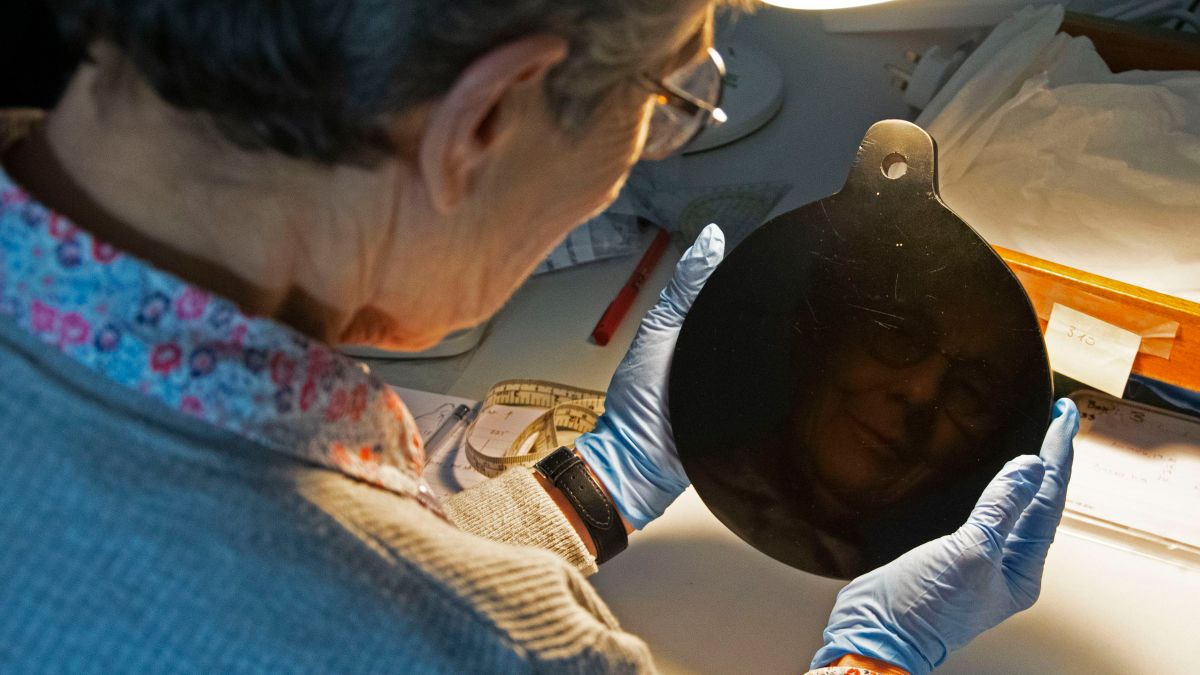
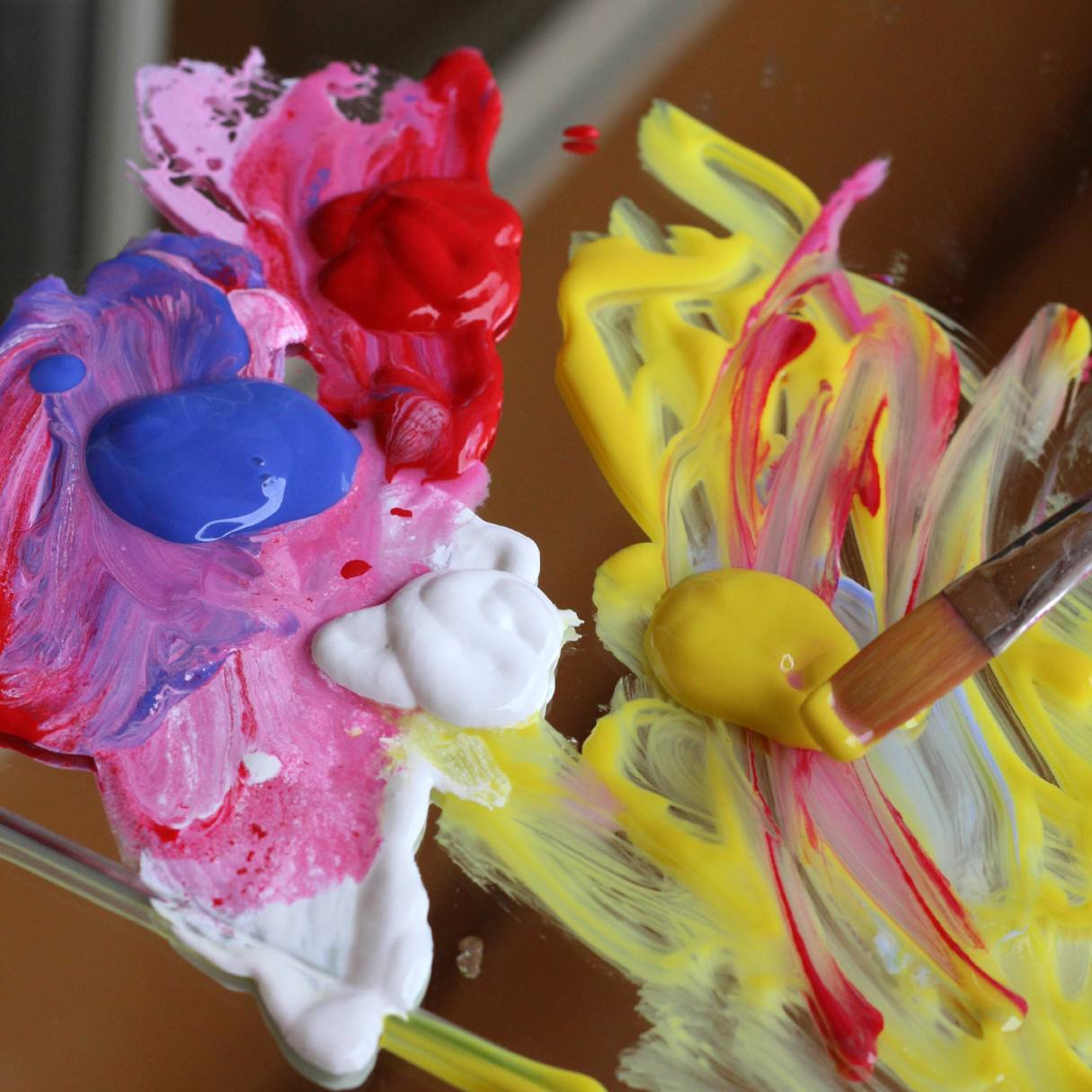
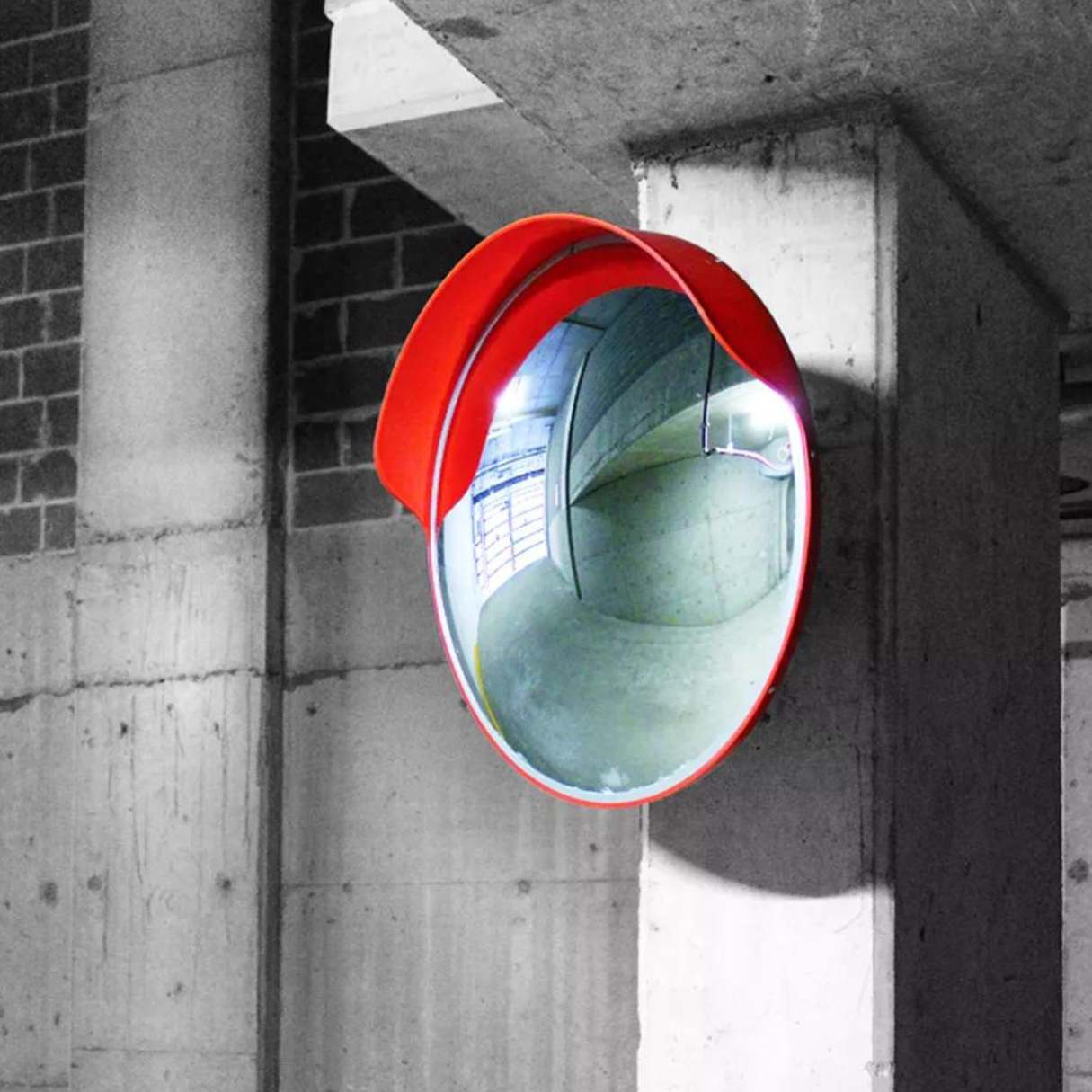
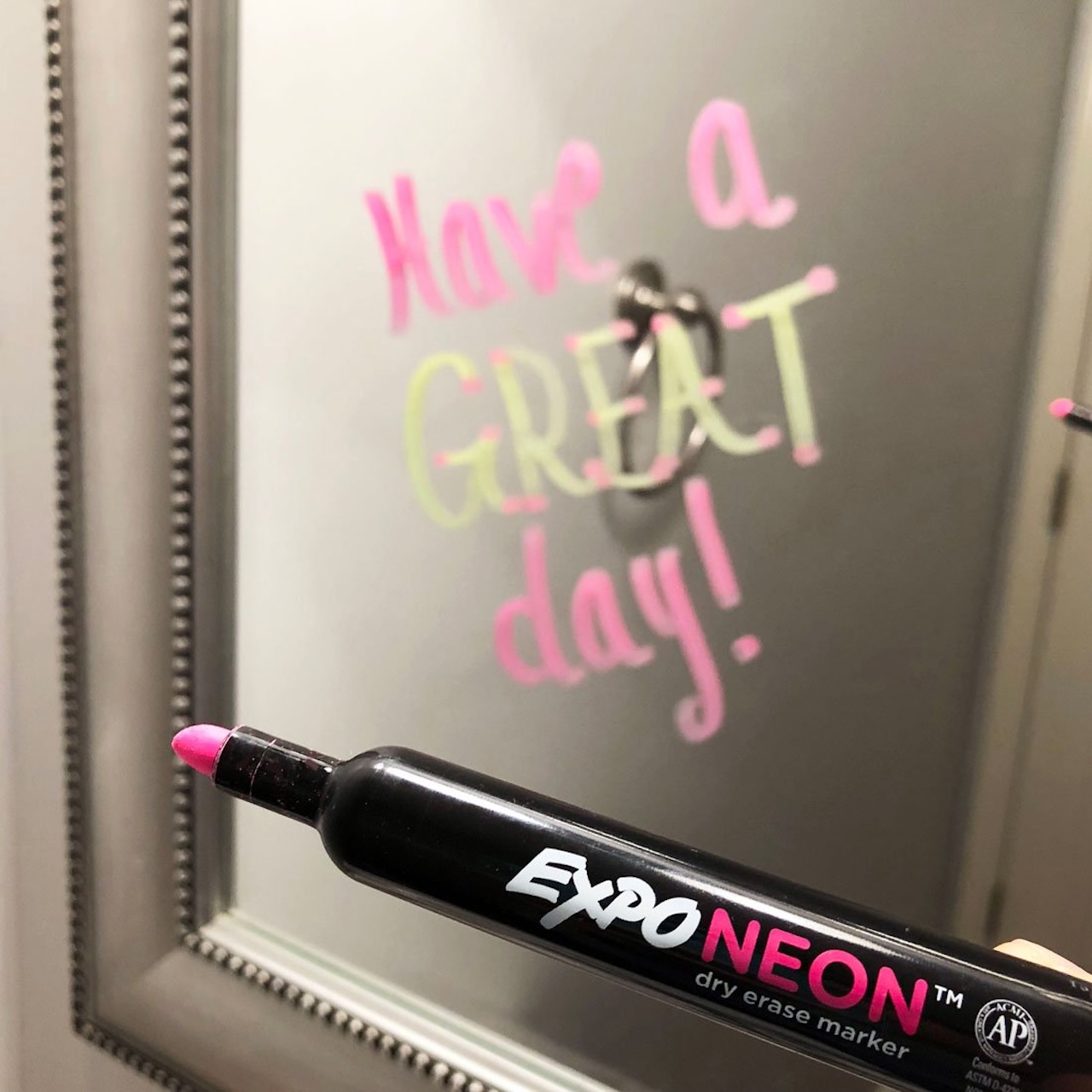

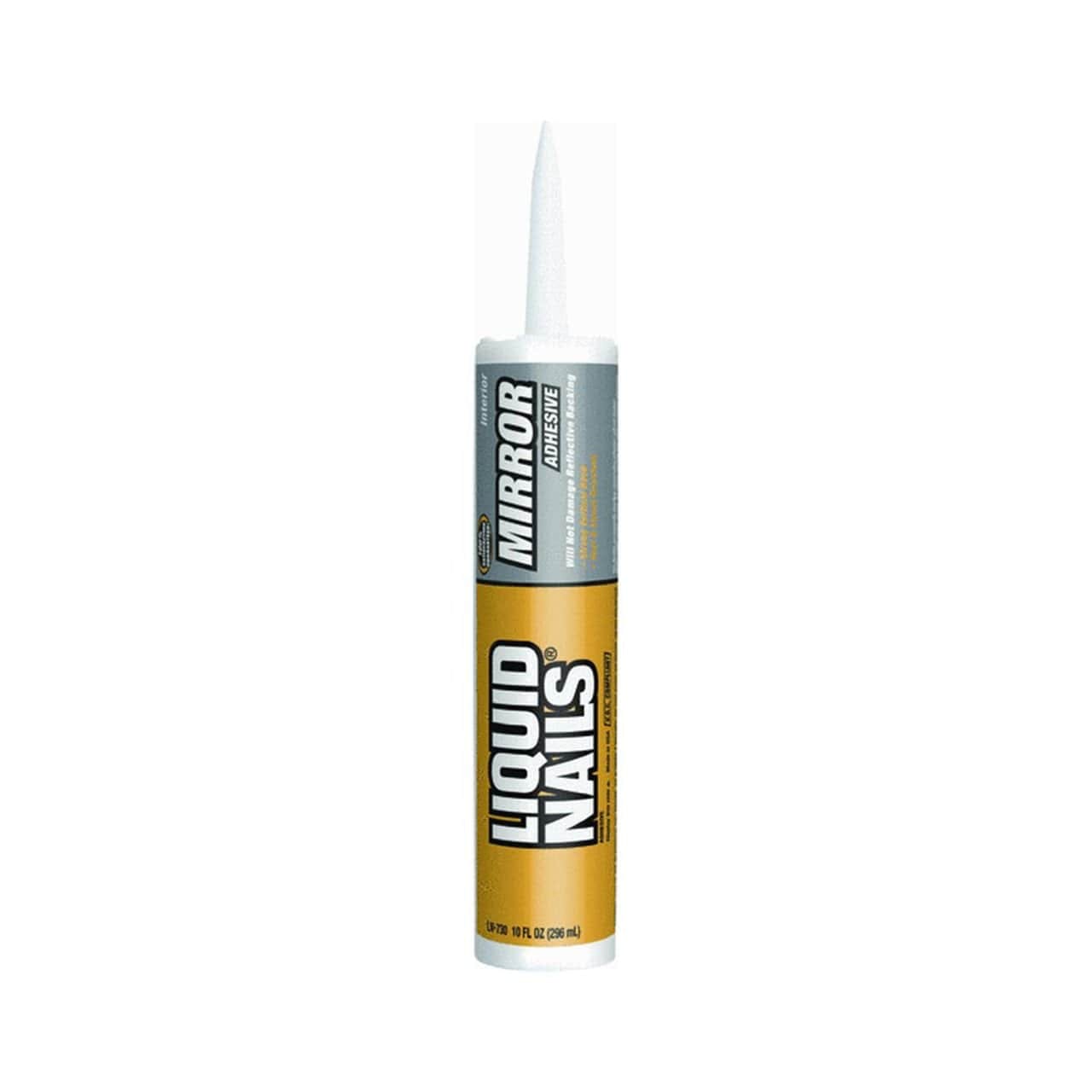
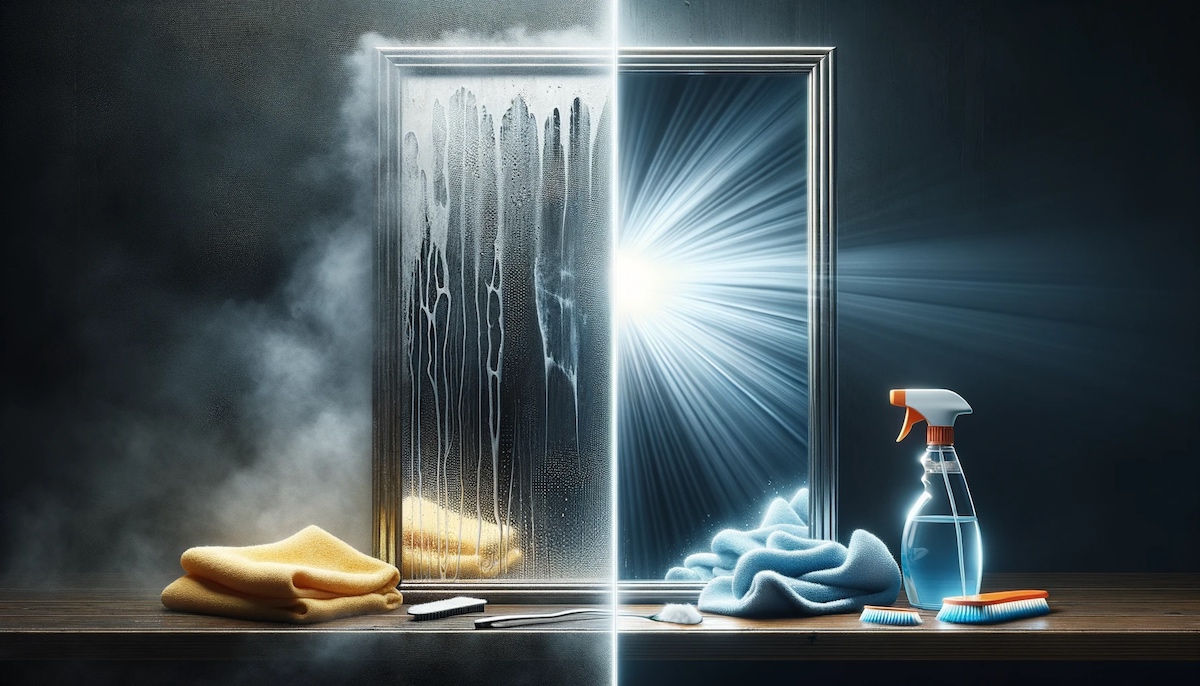
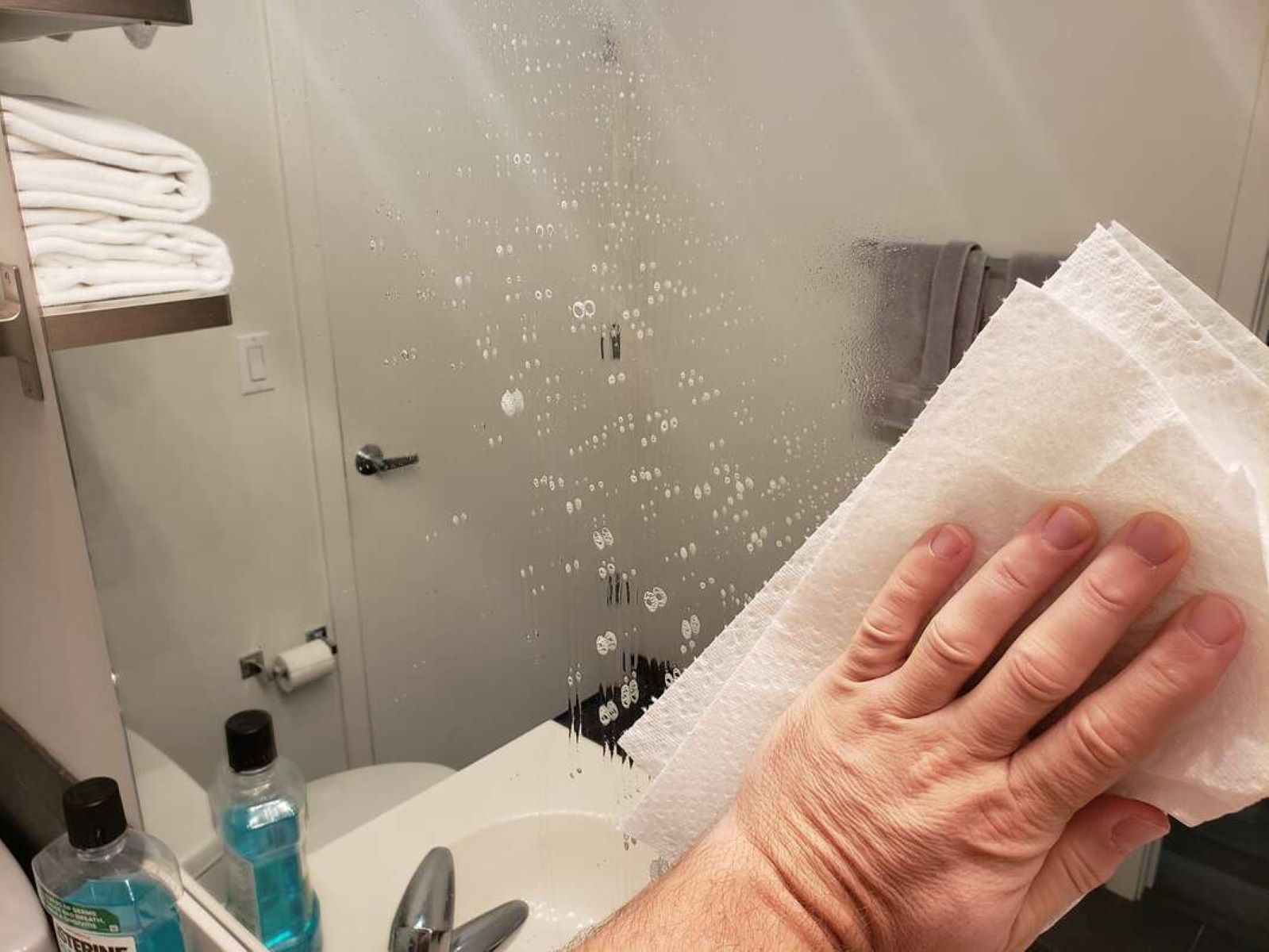
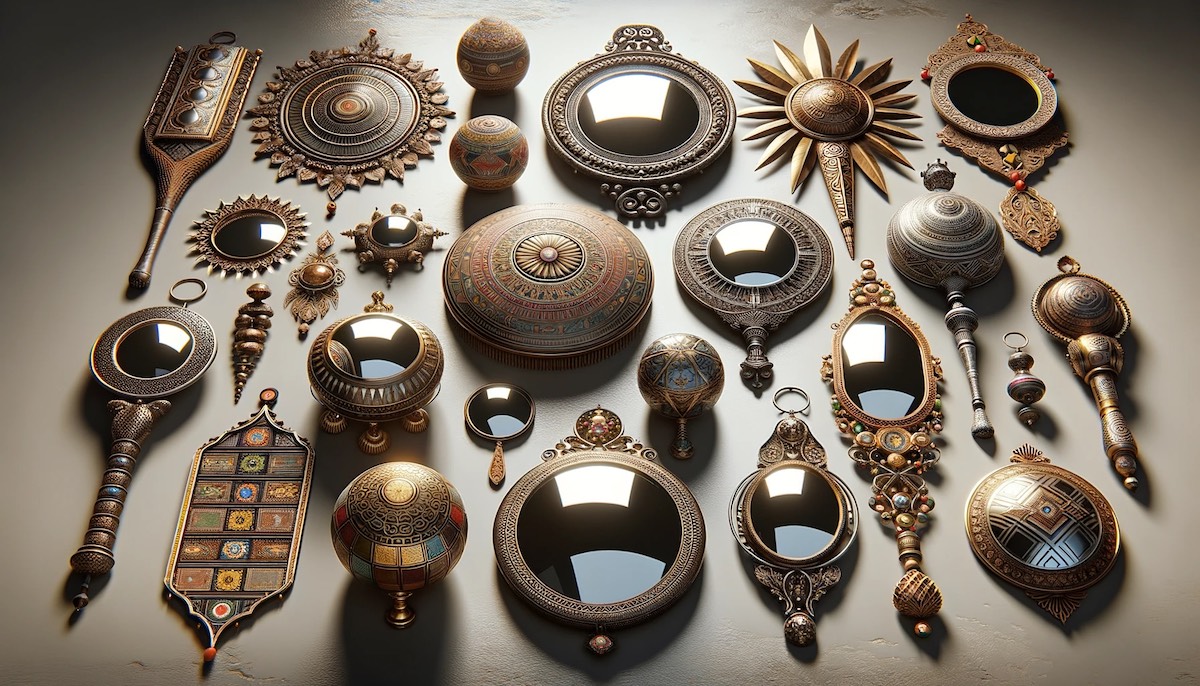
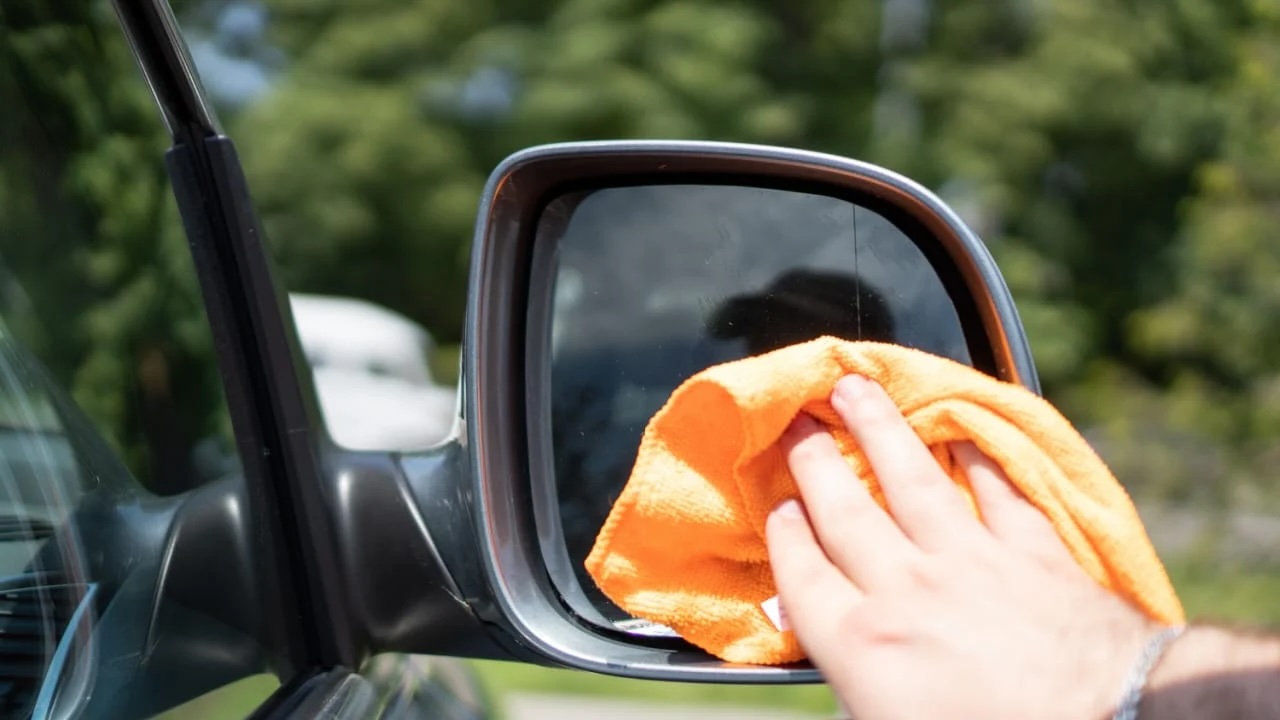
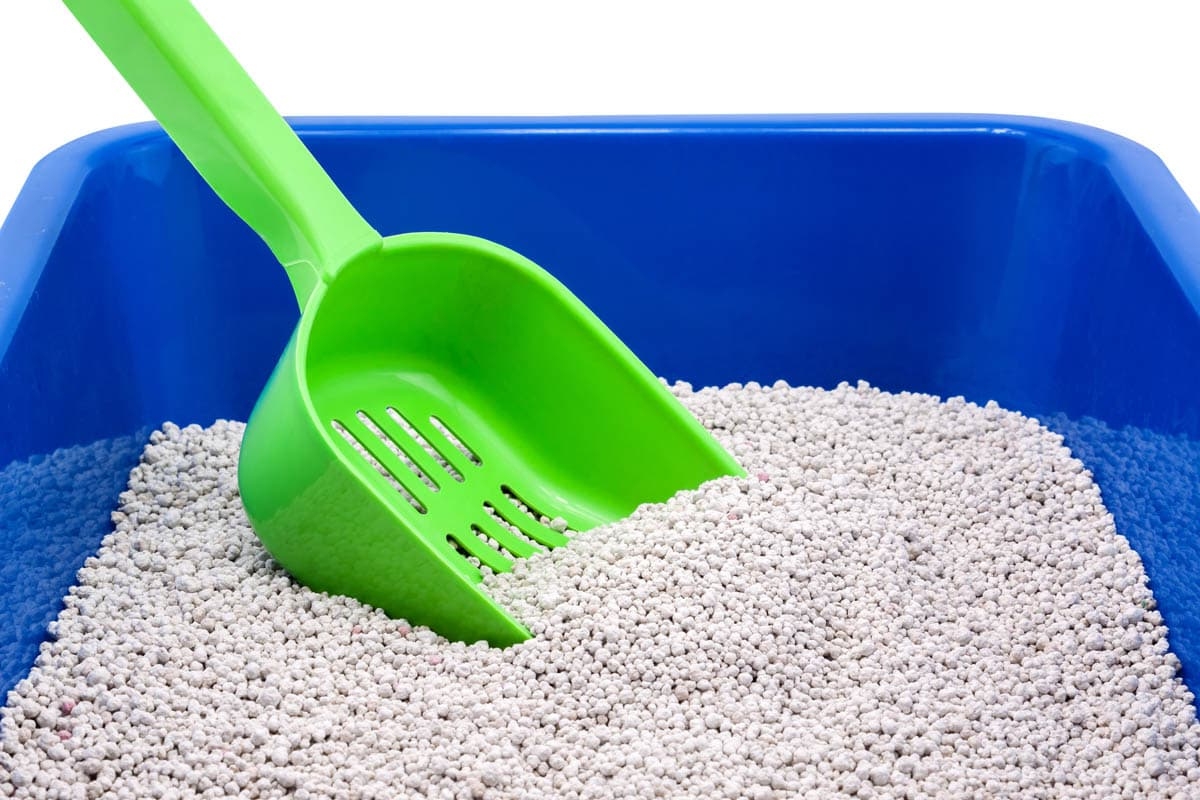
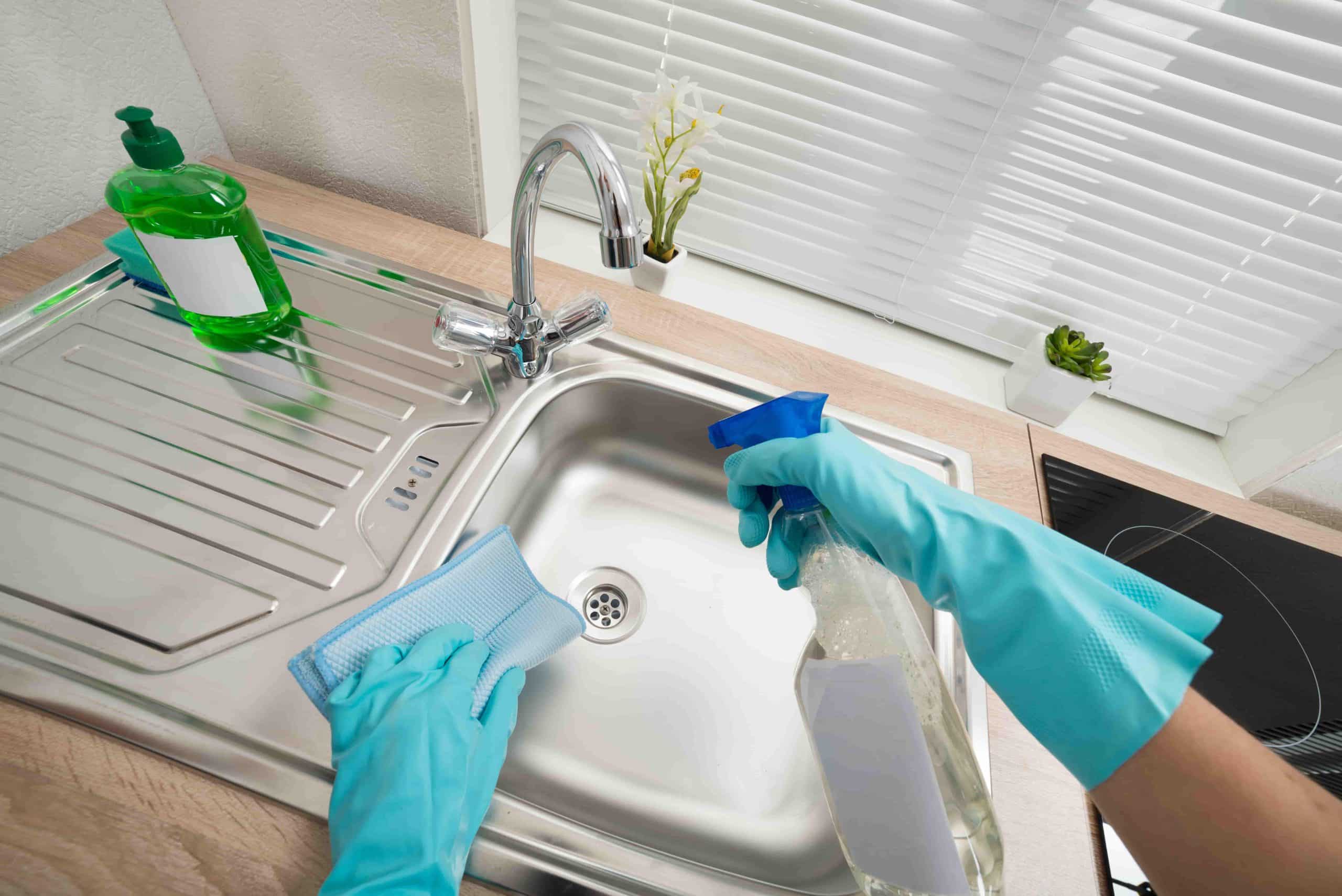
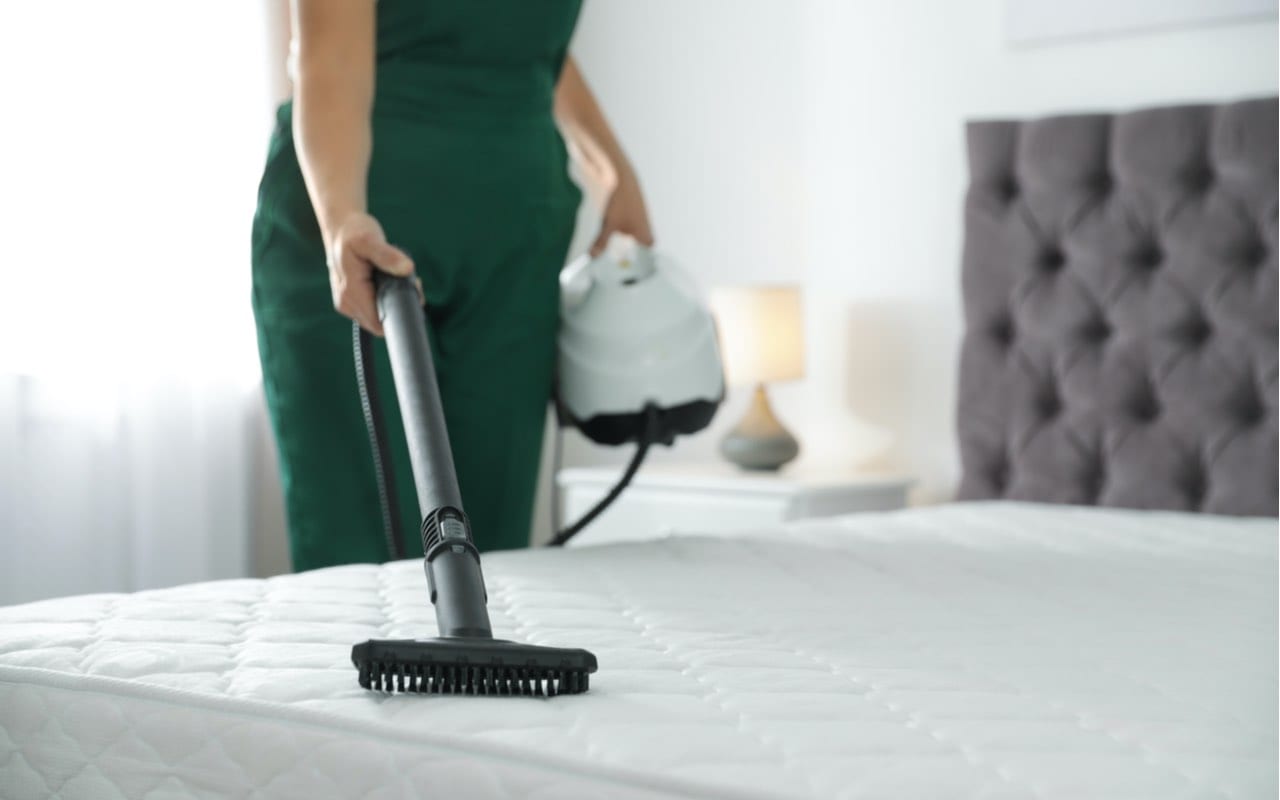

0 thoughts on “What To Use To Clean Mirrors Without Windex”